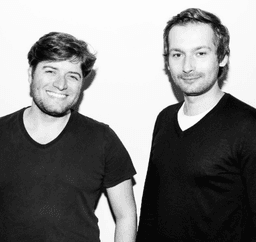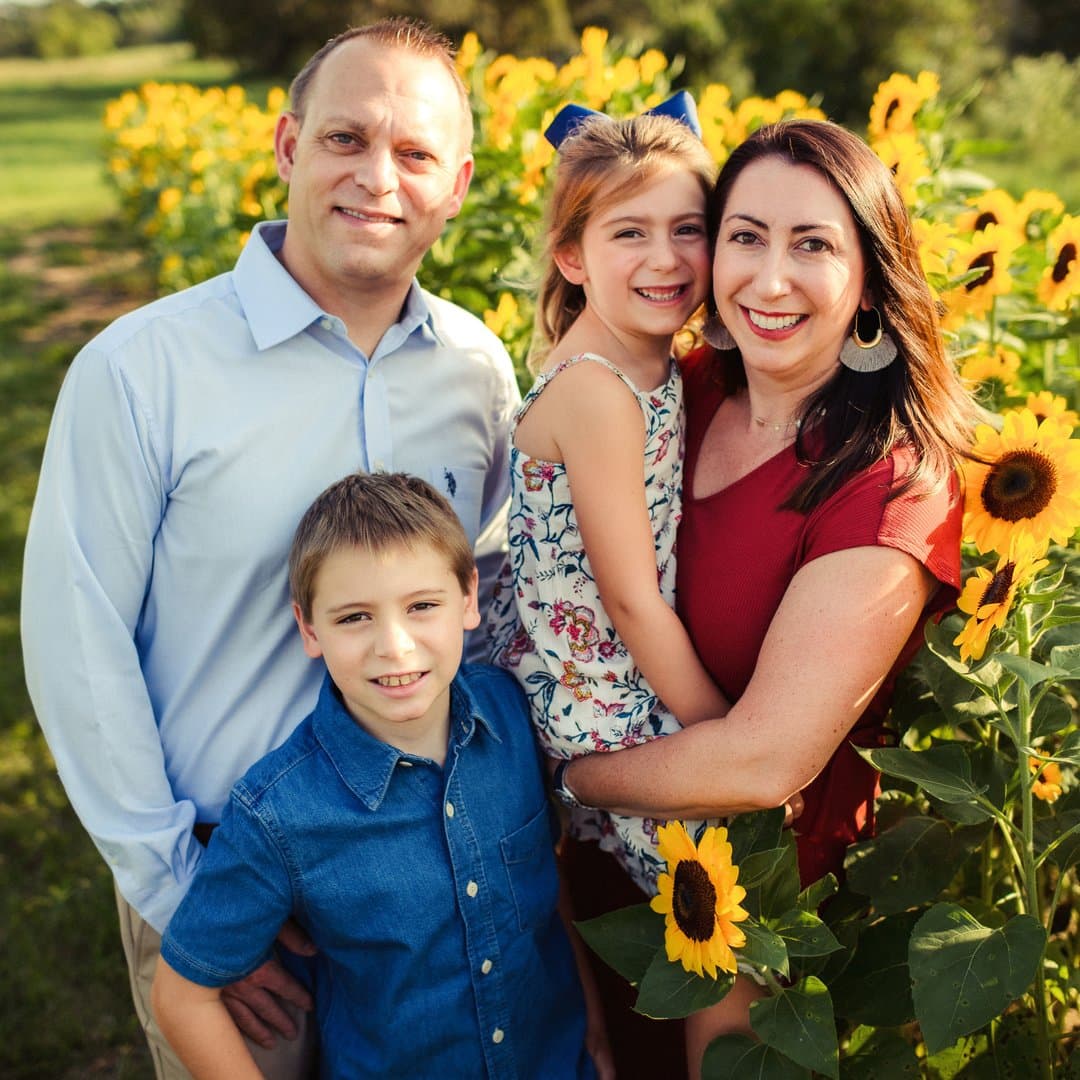From Side Hustle to $6K/Month Startup Studio in 16 Months

Business Description
Table of Contents
Navigate through the case study sections
Executive Summary
Case Study Content
Background
In early 2023, two friends, one with a law and media background, the other in economics and finance, decided to leave safe jobs to follow a coding passion from their teens. Their first product idea failed before launch, but it taught them that they needed full focus to turn ideas into real products.
Launching Oscar Stories
They built Oscar Stories in two months. The AI app generates bedtime tales for kids. React Native powered the front end, with an Express server on the back end. On Product Hunt launch day they scored 500 signups, which gave them real feedback and the confidence to keep going. Over the next year they refined the AI model so language stayed simple and age-appropriate.
Tackling AI Bias
Early on they noticed bias in story content. To address this they’re working on a spin-off called LORA, backed by a small government grant. They bring in educators from Austria and a machine learning engineer to review prompts and examples, aiming to boost diversity and reduce gender stereotypes in kids’ stories.
Business Model Evolution
At first Oscar Stories was free, then they added a points system. Subscriptions followed, but users complained of fatigue. The final mix is a hybrid: one-time coin packs plus an unlimited-stories subscription. Parity pricing with a localized Portuguese option made Brazil their top market almost overnight.
Marketing Approaches
They found digital ads tough for kids’ apps, so they focused on earned media, startup fairs, and remote user testing. Wired featured them, Game City in Austria gave demo space, and tools like Rapid User Tests helped refine UX when events were impossible.
Expanding the Portfolio
Nine months after Oscar Stories they shipped Branding5, a brand-positioning tool. Five months later they launched FragDasPDF, a chatbot for German PDFs. They realized simple chat alone wouldn’t stick, so they’re building word-processing and formatting into the app for students and researchers.
Tech Stack & Team
Their core stack is Next.js with Firebase and Supabase for vector storage. They tap into Google’s Gemini Flash for AI credits and also use Python for fine-tuning models. As revenue climbed, they hired contractors for bug fixes and now maintain a small but nimble team.
Lessons Learned
They kept personal runway long enough to avoid panic. Starting while employed let them test ideas without big stakes. Early user feedback steered product changes. And flexible pricing options prevented subscription bottlenecks. They set bold goals: not just small wins, but apps that stand out in crowded markets.
Current Status
Today, Neumayer and Rubanov’s studio runs three products, serving 60K users and generating $6,000 per month. They’re refining existing tools and exploring new niches in the AI space. They now run multiple apps showing the power of rapid iteration, it works.
Key Takeaways
- 1Quitting secure jobs and committing full time freed up the focus needed to launch a competitive AI app in just two months.
- 2Starting Oscar Stories as a free product then testing coin packs and subscriptions helped them find a pricing mix that users accepted.
- 3Localizing pricing and language for Brazil turned that market into their largest revenue source within weeks.
- 4Partnering with educational experts and securing a grant allowed them to address bias and improve content quality in LORA.
- 5Expanding beyond one app to Branding5 and FragDasPDF reduced risk and leveraged shared tech expertise across products.
- 6A lean tech stack using Next.js, Firebase, Supabase, and Gemini Flash enabled fast development on a limited budget.
Key Facts
Tools & Technologies Used
Premium Content Locked
Subscribe to access the tools and technologies used in this case study.
Unlock NowHow to Replicate This Success
Premium Content Locked
Subscribe to access the step-by-step replication guide for this case study.
Unlock NowInterested in Being Featured?
Share your success story with our community of entrepreneurs.
Explore More Case Studies
Discover other inspiring business success stories

How a 2-Minute Lo-Fi Strategy Generated $33K in Passive Income
Musician Michael Turner (aka PLVTINUM) and guitarist Mike Bono turned simple lo-fi beats into a profitable side gig, cra...
Bonsai Beats

How Smart Money Tactics Earns $1,000+ Daily with Google Ads
Smart Money Tactics leveraged Google Search campaigns and a lesser-known affiliate program to generate an average of $67...
Smart Money Tactics

How Joyful Messes Sold for $43K in 5 Days: Mastering Niche Blogging and Pinterest Traffic
Joyful Messes, a blog focused on pregnancy, breastfeeding, and postpartum life, achieved a rapid exit by selling for $43...
Joyful Messes